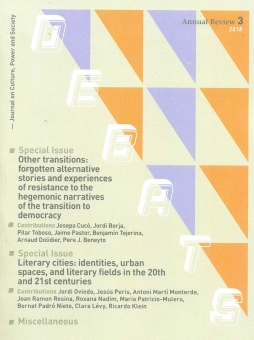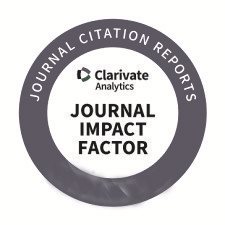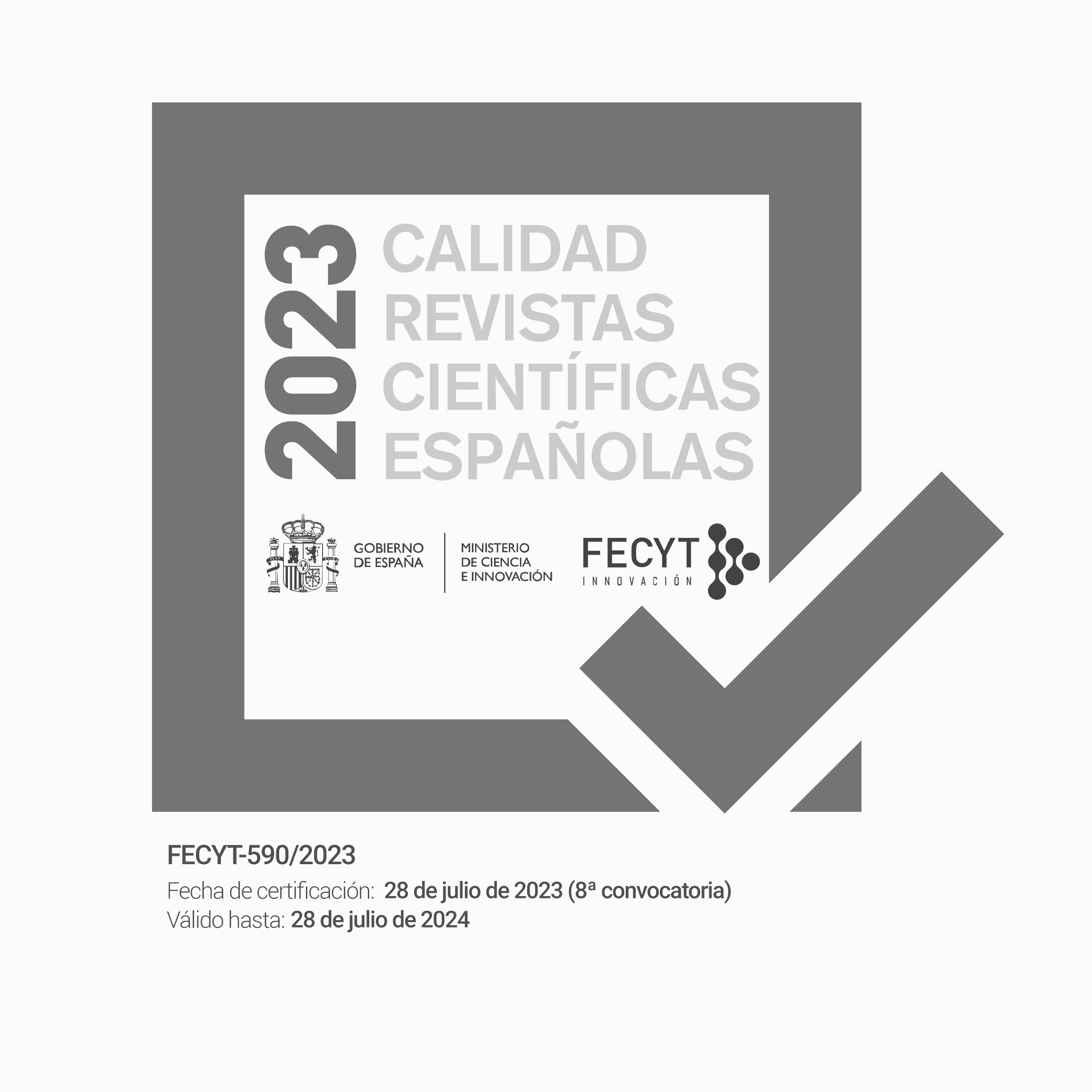Disquiet Lisbon: literary representation as an experience of an invisible city in Livro do Desassossego
Resumen
Fernando Pessoa’s literary work can be read as a fantastic response to the situation of experiential impoverishment (Benjamin) and indolence of the soul (Simmel) that urban environments subject individuals to. Livro do Desassossego offers an incomparable description of the possibilities and conditions of an urban representation that omits the monumental dimension of the city to give meaning to the banal situations, mediocracy of life, and routines of the social mechanisms that bring this space to life. Soares develops an aesthetic theory based on indifference, which he calls “erudition of sensitivity” and the imaginative work operating in the “inner modality of the outside”. An aesthetic theory that causes rifts to open in art in the least favourable places. Faced with the processes of disintegration suffered by the protagonist and the impossibility of completely experiencing the city, writing becomes the space of mediation that gives meaning to a wrecked individual and a blurred city, insofar as they communicate with each other. This allows a personal Lisbon to emerge, one which is allegorised and turned into literatureDescargas
Descargas
Publicado
Cómo citar
Número
Sección
Licencia
Sin perjuicio de lo dispuesto en el artículo 52 de la Ley 22/1987 de 11 de noviembre de Propiedad Intelectual, BOE del 17 de noviembre de 1987, y conforme al mismo, los autores o autoras ceden a título gratuito sus derechos de edición, publicación, distribución y venta sobre el artículo, para que sea publicado en Debats. Revista de cultura, poder y sociedad.
Debats. Revista de cultura, poder y sociedad se publica bajo el sistema de licencias Creative Commons según la modalidad «Reconocimiento - NoComercial (by-nc): Se permite la generación de obras derivadas siempre que no se haga un uso comercial. Tampoco se puede utilizar la obra original con finalidades comerciales».
Así, cuando el autor o autora envía su colaboración, acepta explícitamente esta cesión de derechos de edición y de publicación. Igualmente autoriza a Debats. Revista de cultura, poder y sociedad, la inclusión de su trabajo en un fascículo de la revista para que se pueda distribuir y vender.











